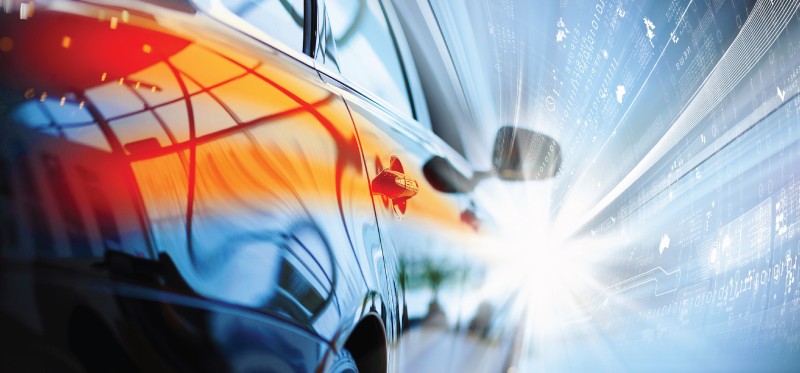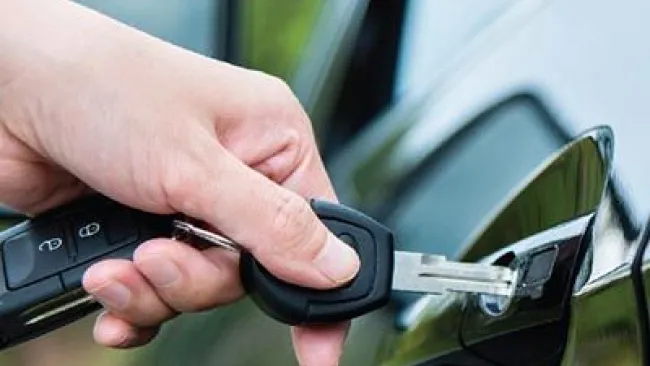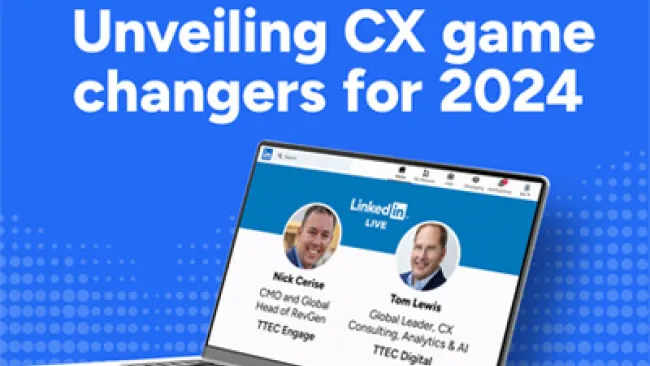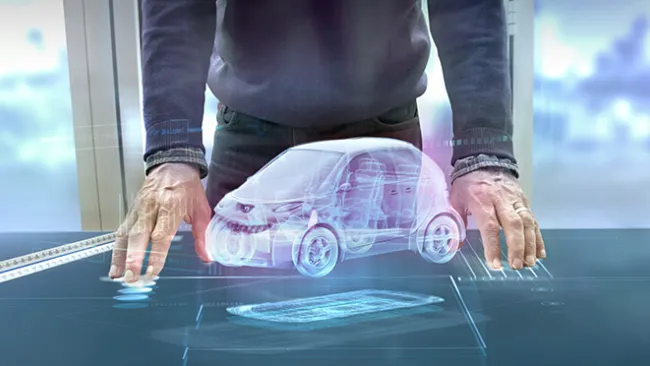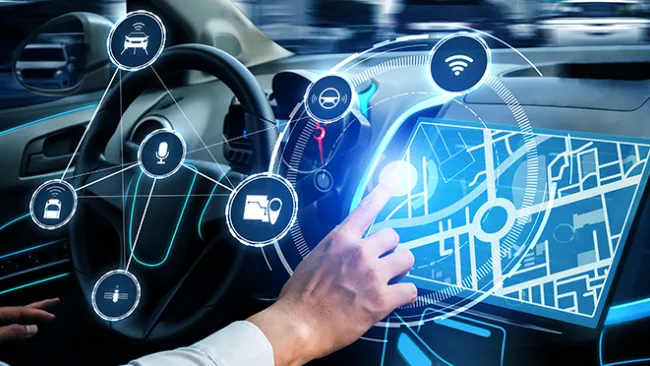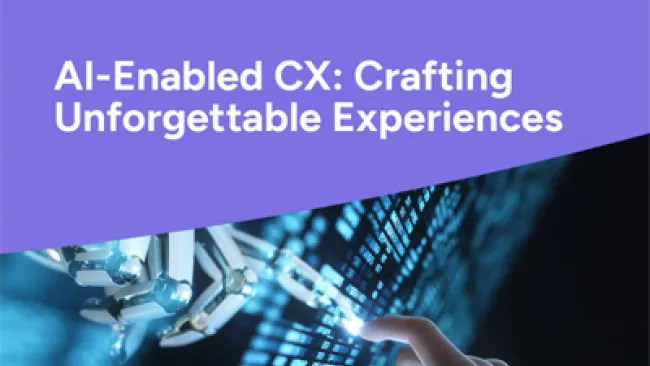The telecommunications world was completely disrupted by the connected smartphone. Now, users do so much more than place voice calls with their devices. Taking a cue from telecom, the auto industry must prepare for a similar disruption. New innovations from the recent Mobile World Congress illustrate that getting from point A to point B will be just one of the many features of connected cars.
The Mobile World Congress has traditionally been a trade show for the telecom industry. But with so many connected devices, the auto industry played a prominent role in the sessions and on the show floor. Audi and AT&T announced a joint plan to bring LTE, 4G and 3G wireless connectivity to all of Audi's 2016 model-year vehicles, making cars portable Wi-Fi hotspots. It also debuted AT&T's Drive functionality, where drivers can access security systems, lights, thermostats, garage doors and other connected home appliances as they reach their driveways.
They weren't the only ones getting in on the connected vehicle action. In a keynote address Renault-Nissan CEO Carlos Ghosn talked about the emerging connected lifestyle, specifically the "Autonomous Drive" trend. He announced that by 2016 its cars will be able to negotiate stop-and-go traffic without direct driver intervention, and he predicts fully driverless cars within 10 years. Similarly, Volvo is testing features that send nearby vehicles warning signals of trouble ahead, like black ice or objects in the road.
Ford, meanwhile, debuted a foldable connected electric bicycle that works with the iPhone 6 to run and navigate directions. Its handlebars shake when it's time to turn, and it can travel up to 16 mph.
Other vendors reached beyond the vehicle itself. Near field communication (NFC) chips embedded inside iPhone covers can eliminate the need for car keys, and Pizza Hut is working with Visa on an app for drivers to order pizza hands-free on the go.
Though initially exciting, many of these connected car innovations require a more focused attention on the customer experience to see them move off the trade show floor and into everyday consumer life. Industry lines are blurring, and consumers will expect a top-notch experience from all players. Auto companies are partnering with communication service providers, app developers, financial services firms, and other technology vendors to achieve these lofty innovations. The resulting customer experiences will be different from today's typical interactions.
These partners will need to share customer data, sales and marketing activities, technology investment, service experiences, and more. In-car voice calls, self-service apps, integration with mobile devices, information sharing, and data security are just a few issues related to the dawn of the connected car. There is much potential for poor customer experiences if customer focus isn't a strategic priority from the start.
It's a very exciting time for the auto industry, but also a time to be mindful of how to proceed in a way that works for your customers. We're just warming up the proverbial engines.
Also, check out the most recent issue of our e-newsletter.
Related Content:
Blog Post: From Concept to Reality: A Glimpse at Your Automotive Experience in 2020
Article: Innovation Drives Customer Experiences
White Paper: The Role That Technology Plays in the Automotive Customer Lifecycle
The Connected Car Starts With the Connected Customer
